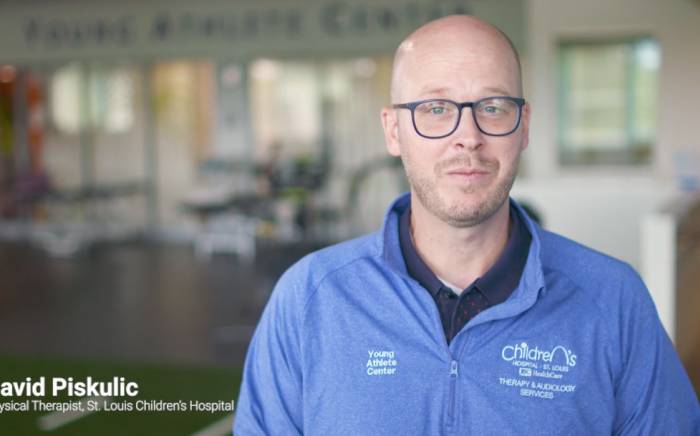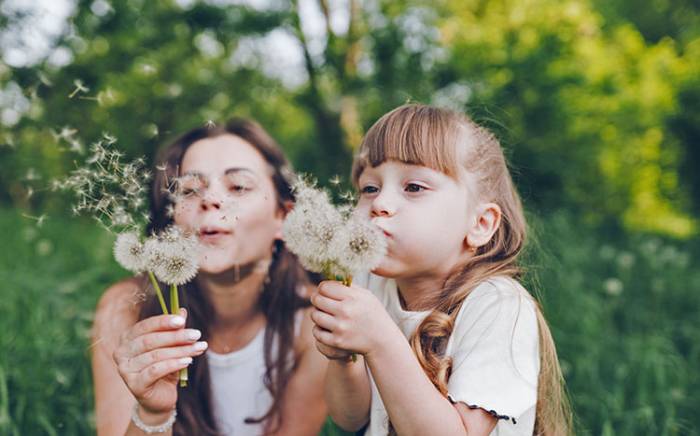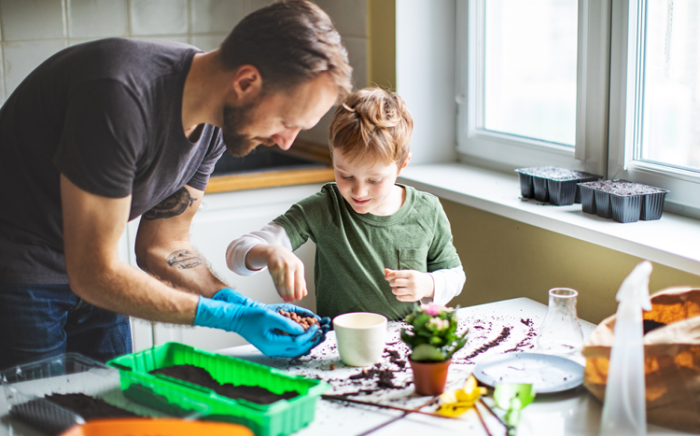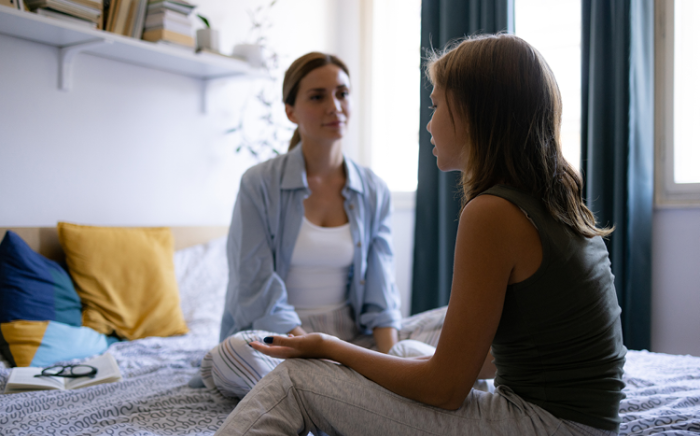Mom, I have bumps all over! Does this sound like something you have heard from your child? While rashes are common in childhood, they are usually harmless and easily treated. Here’s information to help you identify some common childhood rashes as well as home care to keep your child comfortable.
- Poison ivy is a rash characterized by red, swollen, weeping blisters following poison ivy or poison oak exposure.
- This rash is usually located on exposed body surfaces such as hands, or on areas touched by hands such as face or genitals.
- Very itchy
- Rash appears 1–2 weeks after exposure to the poison ivy or oak plant the first time a child gets poison ivy. With subsequent exposures, however, the rash appears within 1–2 days of contact with the plant.
- Treatment reduces symptoms but does not cure the rash.
- Rash resolves after 10–14 days.
- Hives are pink, raised bumps or welts with pale centers. They are similar in appearance to mosquito bites.
- The welts vary in size, shape and location. Welts may be from ½ inch to several inches in diameter.
- Hives are usually not a fixed rash, but rather come and go with new lesions developing to replace the old.
- Hives may be an allergic reaction to a food, drug, infection or other substance. If exhibiting a life-threatening reaction (i.e. difficulty breathing or swallowing), call 911. For other serious symptoms (i.e. facial swelling or your child seems very sick), go to the emergency department.
- The most common cause of hives in childhood is a viral infection or illness.
- Often the exact cause of hives is never identified.
- Chickenpox is a viral illness characterized by a rash that progresses through the following stages within 24 hours:
- Starts as small red bumps.
- Progresses to thin-walled, water-filled blisters surrounded by red skin.
- Blisters turn cloudy.
- Blisters become open sores.
- Sores develop a dry brown crust on top.
- There are usually lesions present in each of the above stages at the same time, and new pox continue to appear for 4–5 days.
- The rash is contagious until all sores have crusted over—usually 6–7 days.
- Most children get a total of 400–500 pox, although those children immunized for chickenpox can still get a milder case with far fewer pox lesions present.
Viral Exanthum
- This is a rash that occurs with a viral illness and lasts 2–3 days.
- It is a harmless rash, which usually requires no treatment unless itchy.
- Most widespread, pink rashes are part of a viral illness. This is especially likely if the child has a cold, cough or diarrhea.
- Most viral rashes are contagious, so your child should not return to school/daycare until the rash is gone or your pediatrician says it is safe to return.
Home Care
So, if your child develops one of these itchy rashes, what can you do to make him more comfortable?
- Give your child a cool bath using soap one time to remove any irritants that may be on the skin. Then bathe the child in a cool bath without soap whenever the itch is uncomfortable. You may add some AVEENO® oatmeal bath to the water to soothe the itching.
- Discourage scratching and trim child’s fingernails.
- If child is still very uncomfortable from itching, you can give him a dose of oral Benadryl®, an antihistamine, every six hours as needed for itching. Consult your pediatrician before giving the medication if your child is already on an antihistamine such as Claritin® or ZYRTEC®, if your child is under 6 months of age, or if your child weighs less than 20 pounds.
For itchy areas:
- 0.5% or 1% hydrocortisone cream can be applied for poison ivy or localized hives. (DO NOT USE FOR CHICKENPOX!)
- Calamine lotion can be applied for poison ivy or chickenpox.








